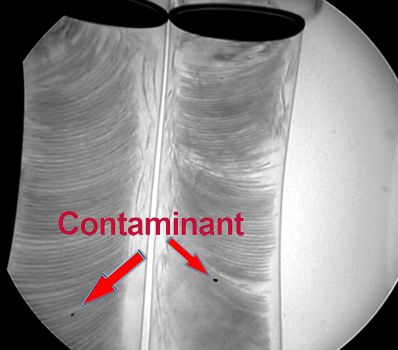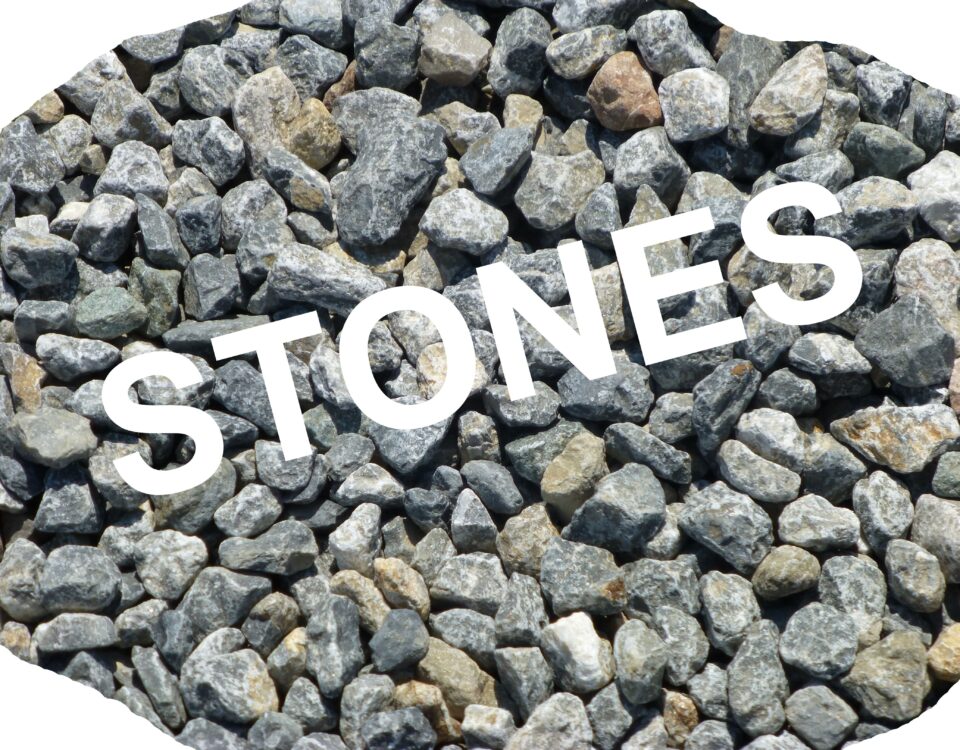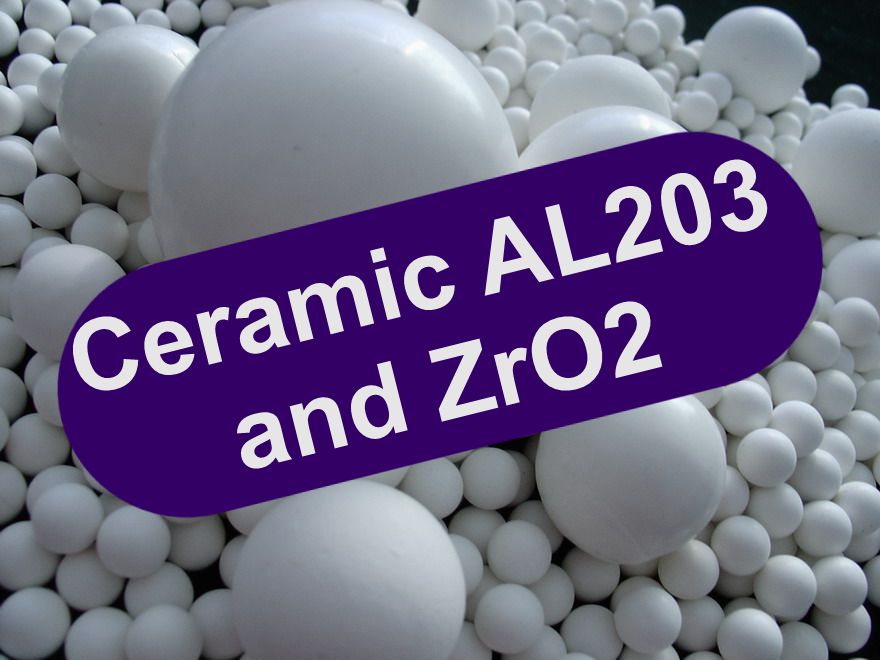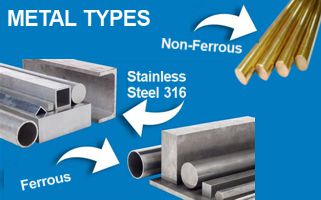
Metal Contaminant Types
October 1, 2021
Metal Detection Protocols and Practices
December 1, 2021X-ray Contaminant Types
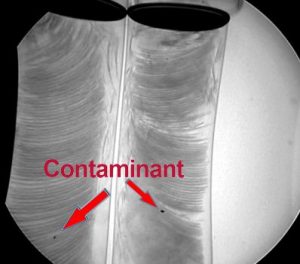 X-ray inspection in the food industry requires an understanding of the principles behind x-ray technology. Metal detection is based on the conductivity and magnetic properties of metal, but x-ray inspection is based on density. And the densities can range from 0.857 g/cm3 (polyethylene) to 7.82 g/cm3 (SS 316) and 8.48 g/cm3 (Non-Ferrous). That’s a pretty wide range of x-ray contaminant types!
X-ray inspection in the food industry requires an understanding of the principles behind x-ray technology. Metal detection is based on the conductivity and magnetic properties of metal, but x-ray inspection is based on density. And the densities can range from 0.857 g/cm3 (polyethylene) to 7.82 g/cm3 (SS 316) and 8.48 g/cm3 (Non-Ferrous). That’s a pretty wide range of x-ray contaminant types!
That means you need to know what plastic or metal (x-ray contaminant types) you’re looking for and what its density is. And you may not have the equipment onsite to determine the viscosity (density) of your potential contaminant. In addition, you’ll have to judge the difference between the density of your product and the contaminant. Some companies will tell you they can find any foreign substance or object in your product. That’s simply not true. Consider that if the density of your product is 1.59g/cm3 (sugar) and your contaminant is nitrile rubber (1.2 g/cm3). In that case, you won’t be able to detect the rubber no matter what your x-ray system or settings.
Will It Float
In general, the quick test is this: “If it floats, it’s not detectable.” In other words, if your x-ray contaminant type is less dense than water, 0.997 g/cm,3 then it’s not detectable. It’s the reason your skin and organs (for the most part) don’t show up under x-ray.
But that doesn’t mean you can’t detect anything. In that same sugar, you should be able to detect:
Acetal (Delrin) 1.4 g/cm3
PTFE 2.2 g/cm3
Soda-Lime Glass 2.5 g/cm3
Aluminum 2.7 g/cm3
Ceramic (AL203) 3.7 g/cm3
Ceramic (ZRO2) 5.6 g/cm3
Stainless Steel 316 7.82 g/cm3
Ferrous 7.85 g/cm3
Non-Ferrous 8.48 g/cm3
Acetal (Delrin), which is 1.4 g/cm3, may not be detectable. After all, it’s only 0.2g/cm3 different from the sugar.
What We Offer
All these x-ray contaminant types (including the Delrin) are offered here at Testrods.com. You can get them in laminate or thermoform cards. Acetal pucks are also available in Soda-Lime Glass and Ceramic. We can put the contaminant in standard test pieces and/or custom design any kind of test piece you might need. Keep in mind that while acetal (Delrin) can be used as a contaminant type. As such, it has a density of its own (above). So depending on your application and x-ray settings, may leave a “shadow” and create a false positive.
In general, we suggest customers purchase a multi-card with several different sizes of contaminant, whatever the type. More than one type of contaminant can be put on the same card, too! That way, you can test the contaminant sizes and types against the material you’re hoping to detect. You’ll get an accurate assessment of what you can achieve in real-time. Once your testing is complete, you can order the specific size and contaminant type cards you want for regular testing. Our goal here at Regal Packaging Services is the same as yours, navigating a way to find any x-ray contaminant types you need to find.

